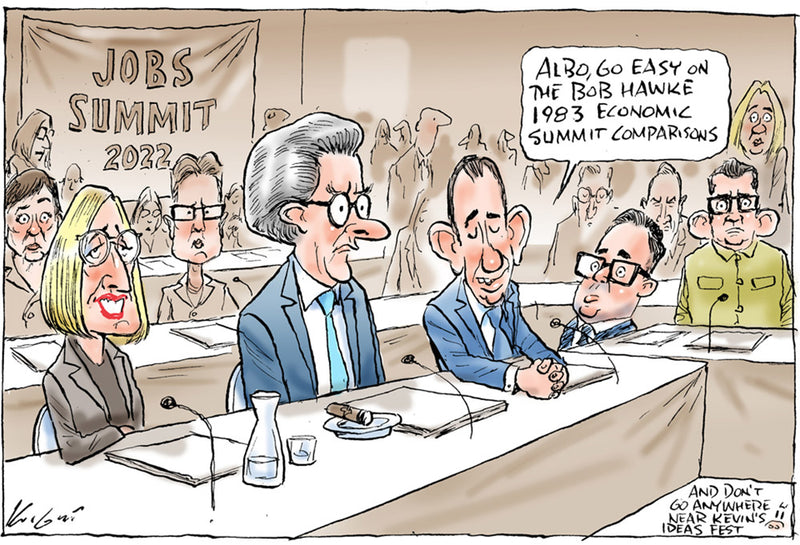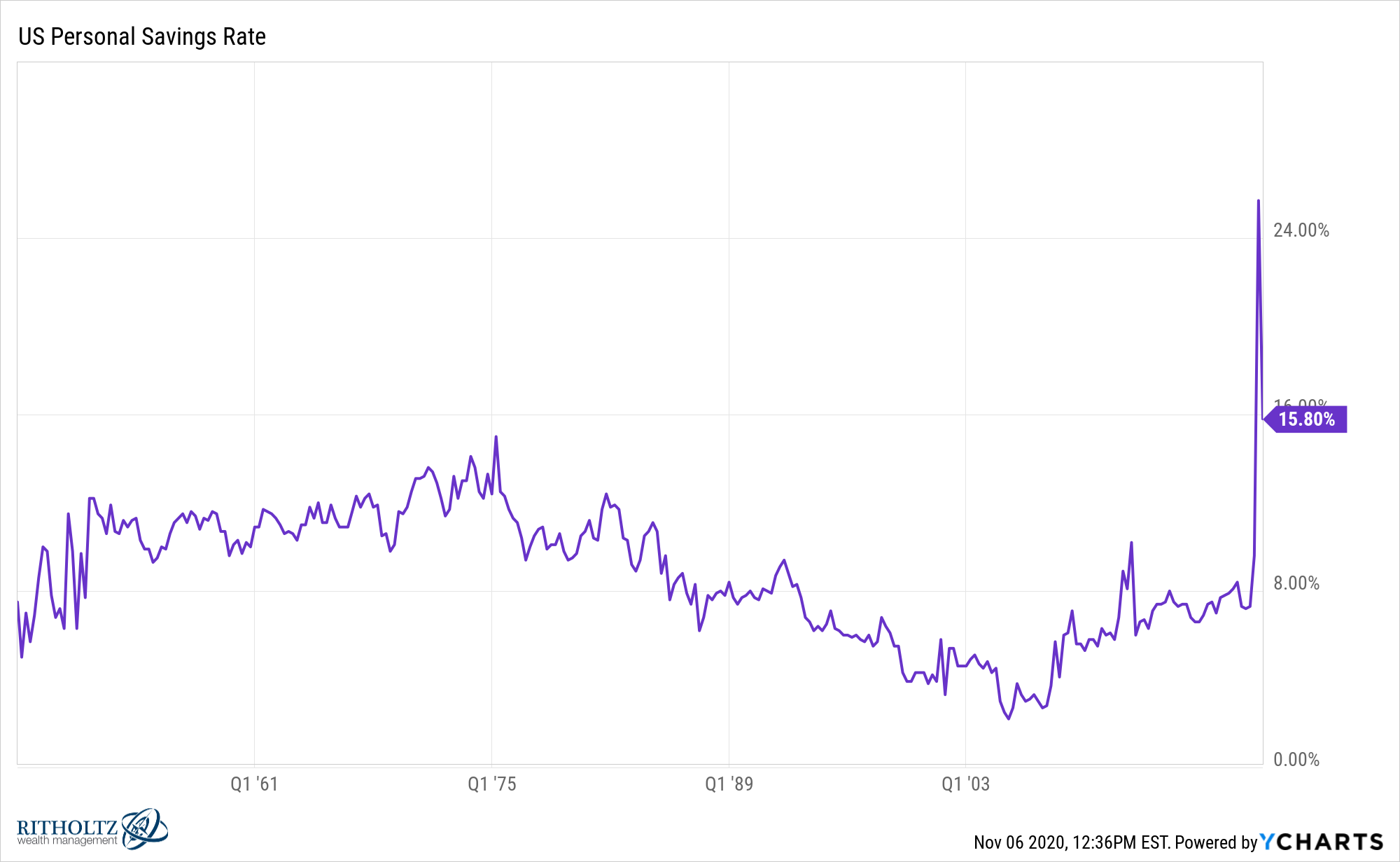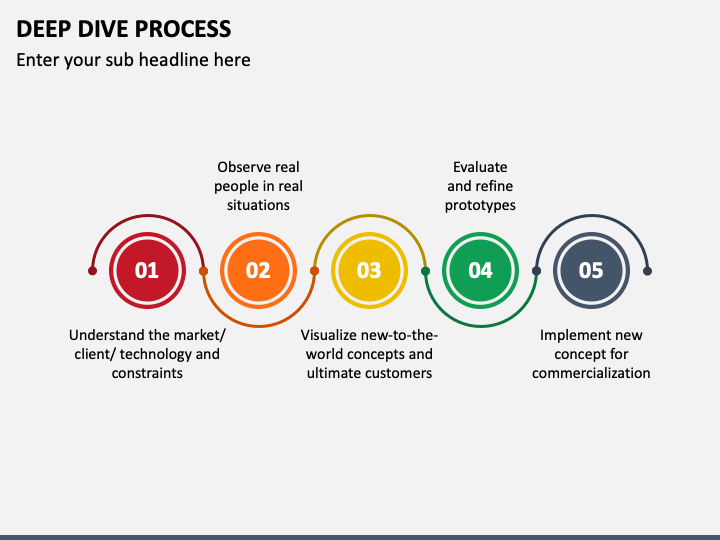Social Media Trends As Economic Barometers: Analyzing Recession Signals

Table of Contents
Shifting Consumer Sentiment on Social Media as a Recession Predictor
Analyzing social media sentiment offers a powerful lens through which to view shifting consumer confidence and predict potential economic downturns. The collective voice of consumers, expressed through posts, comments, and shared content, provides a real-time reflection of their financial anxieties and spending habits.
Increased Mentions of Financial Anxiety and Job Insecurity
The frequency and intensity of posts expressing financial anxieties are strong indicators of economic uncertainty. A surge in posts containing keywords and phrases reflecting these concerns can serve as an early warning sign.
- Keywords and Phrases: "#jobhunt," "inflation," "layoffs," "budgeting," "financial stress," "making ends meet," "cost of living crisis," "recession proof."
- Increased use of these terms often precedes a noticeable downturn in traditional economic indicators. Studies have shown a statistically significant correlation between the volume of such posts and subsequent declines in consumer spending and economic growth. For instance, a spike in posts about job losses on platforms like Twitter and Facebook can precede official unemployment figures.
Changes in Spending Habits and Consumption Patterns Reflected Online
Social media provides a window into consumer behavior, revealing shifts in spending habits that can signal changes in economic confidence.
- Indicators: Reduced mentions of shopping sprees, dining out, travel plans, and luxury goods often indicate decreased consumer confidence and spending. Conversely, a rise in posts about discount hunting, budget-friendly recipes, or DIY projects can reflect a tightening of household budgets.
- Social Listening Tools: Companies employ social listening tools to track these changes, analyzing sentiment around specific brands and products. This allows them to adjust their marketing strategies and anticipate shifts in demand.
- Industry Insights: The luxury goods industry, for instance, is highly sensitive to changes in consumer sentiment. A decline in posts showcasing luxury brands can be a significant early warning sign of a potential recession.
Analyzing Social Media Data from Specific Demographics
To gain a more nuanced understanding of economic trends, it's crucial to analyze social media data from specific demographic groups. This allows for the identification of varying levels of economic stress and resilience across different segments of the population.
Tracking Unemployment and Job Search Activity on Platforms like LinkedIn
LinkedIn, a professional networking platform, provides a valuable source of data on employment trends.
- Job Postings: Increased job postings can indicate a healthy economy, while a decrease might signal an impending slowdown.
- Job Search Activity: A surge in users actively searching for jobs reflects growing unemployment concerns.
- Limitations: While LinkedIn data is insightful, it doesn't capture the entire employment landscape. Combining it with data from other platforms, like Twitter or Facebook, offers a more comprehensive view.
Monitoring Social Media Activity within Specific Income Brackets
Analyzing social media activity within specific income brackets reveals the differing impacts of economic shifts on various population segments.
- Challenges: Accurately identifying income brackets through social media data poses challenges, requiring sophisticated techniques and ethical considerations.
- Ethical Data Collection: It's crucial to respect user privacy and adhere to data protection regulations when analyzing this type of data.
The Role of Social Media in Amplifying Economic News and Sentiment
Social media plays a significant role in shaping public perception of economic news and events. Its rapid information dissemination can significantly influence market reactions.
The Speed of Information Dissemination and its Impact on Market Reactions
The speed at which news travels on social media can amplify both positive and negative economic news, creating market volatility.
- Influencer Impact: Social media influencers can significantly impact consumer behavior and market sentiment. Their opinions on economic issues can rapidly spread, shaping public perception and impacting investment decisions.
- Market Reactions: Social media has been shown to fuel rapid market reactions to economic events, sometimes preceding official announcements.
Identifying Emerging Economic Trends Through Social Media Conversations
Analyzing trending hashtags, topics, and conversations on social media can reveal early indicators of economic shifts.
- Early Warning Signals: Discussions surrounding specific economic challenges, like rising energy prices or supply chain disruptions, can offer insights into emerging trends.
- Identifying Opportunities: Analyzing social media conversations can help identify emerging consumer needs and economic opportunities before they become mainstream.
Leveraging Social Media Trends for Smarter Economic Forecasting
Social media analytics offer a valuable tool for economic forecasting. By considering diverse social media platforms and demographic groups, businesses and investors can gain a significant edge in navigating economic uncertainty. The key takeaways emphasize the importance of monitoring social media sentiment, analyzing spending patterns, and tracking employment trends for a more comprehensive understanding of potential economic downturns. By actively monitoring social media trends and utilizing advanced analytics, businesses and investors can gain a significant edge in navigating the complexities of economic uncertainty and successfully mitigating recessionary risks. Start utilizing social media as an economic barometer today!

Featured Posts
-
 How To Watch Gypsy Rose Life After Lockup Season 2 Episode 4 Online Free And On Demand
May 06, 2025
How To Watch Gypsy Rose Life After Lockup Season 2 Episode 4 Online Free And On Demand
May 06, 2025 -
 Australian Election Albaneses Economic Opportunity
May 06, 2025
Australian Election Albaneses Economic Opportunity
May 06, 2025 -
 Australian Assets A Post Election Market Forecast
May 06, 2025
Australian Assets A Post Election Market Forecast
May 06, 2025 -
 Seksualna Rianna V Rozhevomu Vrazhayuchi Foto
May 06, 2025
Seksualna Rianna V Rozhevomu Vrazhayuchi Foto
May 06, 2025 -
 The Lesson In Buffetts Winning Apple Bet A Deep Dive Into Investment Strategy
May 06, 2025
The Lesson In Buffetts Winning Apple Bet A Deep Dive Into Investment Strategy
May 06, 2025
